Here is a platform independent solution (gnuplot only).
You simply plot your files into a table (datablock) and do a fit on it.
I guess, there will also be another solution under Windows using "< type ...". I'm not sure which of the solutions would be better for large data.
Data:
SO76254599_1.dat
-4 15.0
-3 8.5
-2 4.5
-1 1.3
SO76254599_2.dat
0 0
1 0.9
2 2.2
3 8.7
SO76254599_3.dat
4 15
5 24
6 37
7 50
Script:
### concatenate datafiles and do a fit
reset session
f(x) = a*x**2 + b*x + c
FILES = "SO76254599_1.dat SO76254599_2.dat SO76254599_3.dat"
set table $Data
plot for [FILE in FILES] FILE u 1:2 w table
unset table
fit f(x) $Data u 1:2 via a,b,c
set key top left
plot $Data u 1:2 w p pt 7 lc "blue", \
f(x) w l lc "red"
### enf of script
Result:
Final set of parameters Asymptotic Standard Error
======================= ==========================
a = 1.02475 +/- 0.02409 (2.351%)
b = -0.0186563 +/- 0.1031 (552.8%)
c = -0.564311 +/- 0.3619 (64.12%)
I guess the errors of b and c are that large because the values are close to zero.

Addition:
If you have problems with subdirectories or paths under Windows, try to replace backslashes with foreslashes. And if your pathname contains spaces, put the pathname into quotes.
For example:
FILES = "'Test/With Space/SO76254599_1.dat' 'Test/With Space/SO76254599_2.dat' 'Test/With Space/SO76254599_3.dat'"
